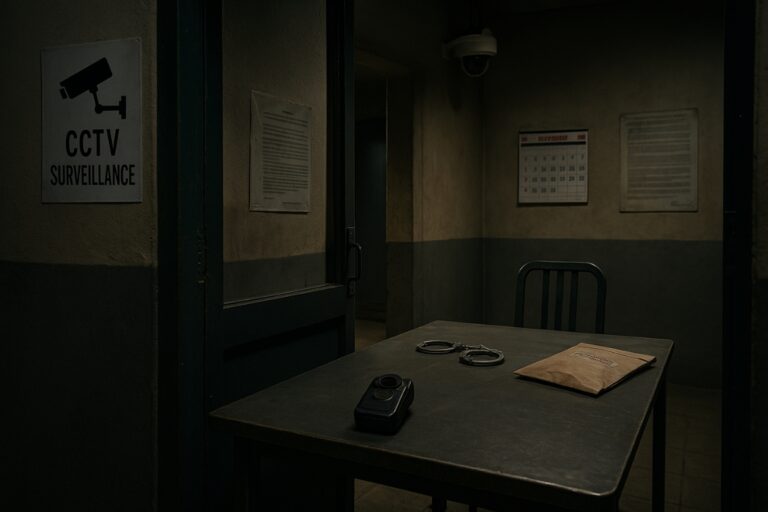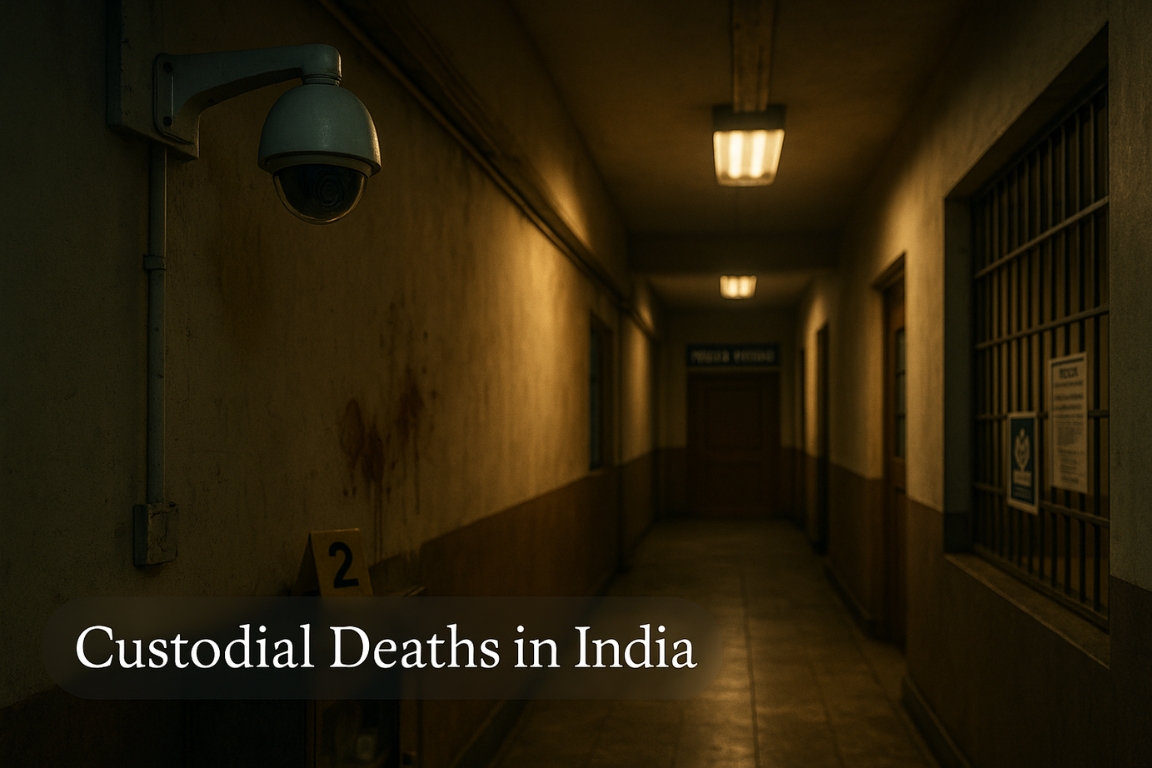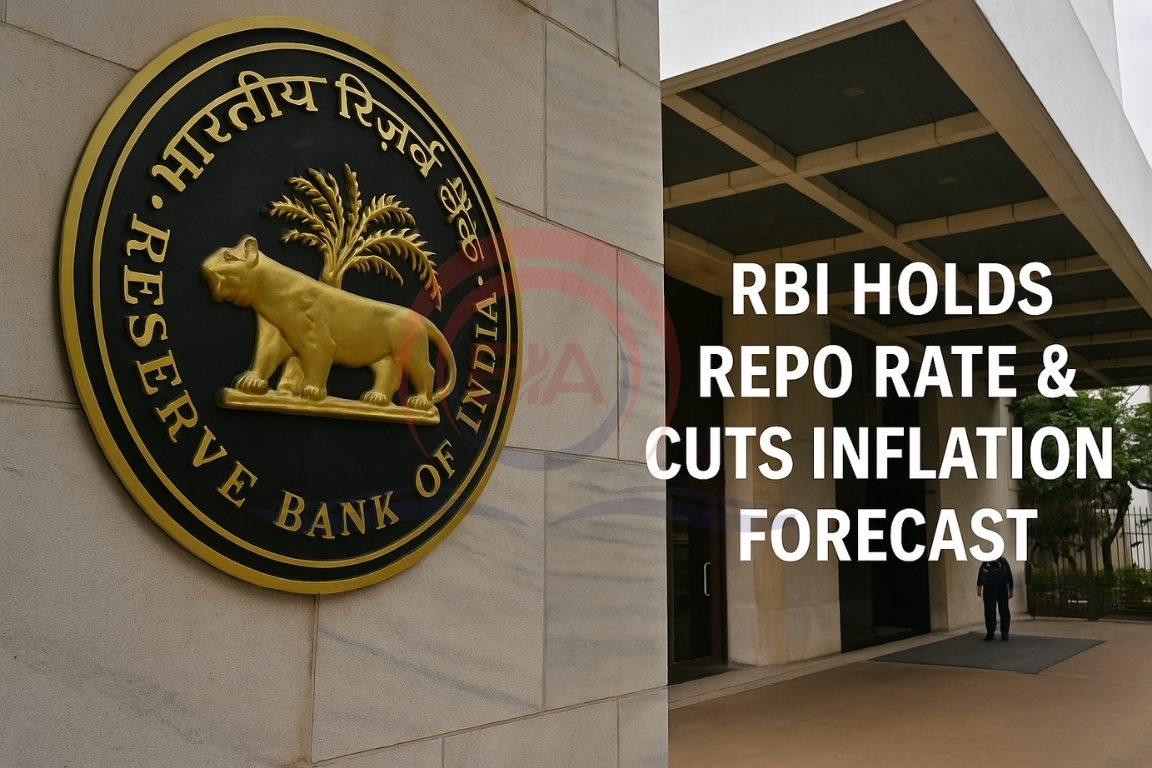The Supreme Court reprimanded the Madhya Pradesh government and CBI for failing to arrest two police officers linked to the custodial death of a 25-year-old, highlighting ongoing concerns over police accountability in India.
Overview
- According to the NHRC, 11,650 custodial deaths occurred in India between 2016–2022.
- Uttar Pradesh has the highest incidence with 2,630 deaths.
- Magisterial inquiries are rare: only 345 conducted between 2017–2022, leading to 123 arrests.
- 71% of victims belong to poor or vulnerable groups, indicating socio-economic bias.

Reasons for High Custodial Deaths
- Colonial Policing Legacy: Police operate under the Police Act, 1861, prioritizing control over service.
- Weak Accountability: Police often investigate their own colleagues, creating bias.
- Use of Torture: Third-degree methods are used due to poor forensic facilities and training.
- Vulnerable Populations: Poor detainees lack legal knowledge and resources.
- Poor Implementation of Safeguards: Constitutional provisions (Article 21 & 22), D.K. Basu guidelines, and NHRC directives are frequently ignored.
Implications
- Erosion of Rule of Law: Violates fundamental rights and undermines public trust in justice.
- Human Rights Image: India faces criticism in UNHRC and reports by Human Rights Watch.
- Police-State Perception: High death rates project an authoritarian image.
- Weak Criminal Justice: Shows inefficiency in modern policing and forensic methods.
International Frameworks for Protection
- UN Charter (1945), UDHR (1948), ICCPR (1966) prohibit torture and protect life.
- Nelson Mandela Rules (2015) set minimum standards for prisoner treatment.
- European Convention on Human Rights (1950) ensures dignity and justice access.
Legal Safeguards in India
- Supreme Court Guidelines (D.K. Basu, 1997): Inform relatives, maintain arrest memo, medical exams, legal counsel, produce detainee before magistrate.
- CrPC Section 176: Mandates judicial inquiry in custodial deaths.
- NHRC: Requires reporting deaths within 24 hours and monitoring state compliance.
- CCTV Directives (2020): Police stations and prisons must have CCTV; independent monitoring committees established.
- Criminal Law Reforms (BNSS, BNS, BSA, 2023): Promote forensic-based investigations, transparency, and citizen-focused procedures.
Recommendations
- Implement Law Commission suggestions, including anti-torture laws.
- Enforce Prakash Singh police reforms: separate investigation from law & order, establish Police Complaints Authorities.
- Use technology: CCTV, body cameras, digital interrogation records.
- Judicial reforms: Fast-track courts and strict penalties for complicit officials.
Conclusion
Custodial deaths challenge India’s democratic and constitutional values. Strong enforcement of legal safeguards, adoption of technology, police reforms, and judicial accountability are essential to reduce incidents and protect human rights.



